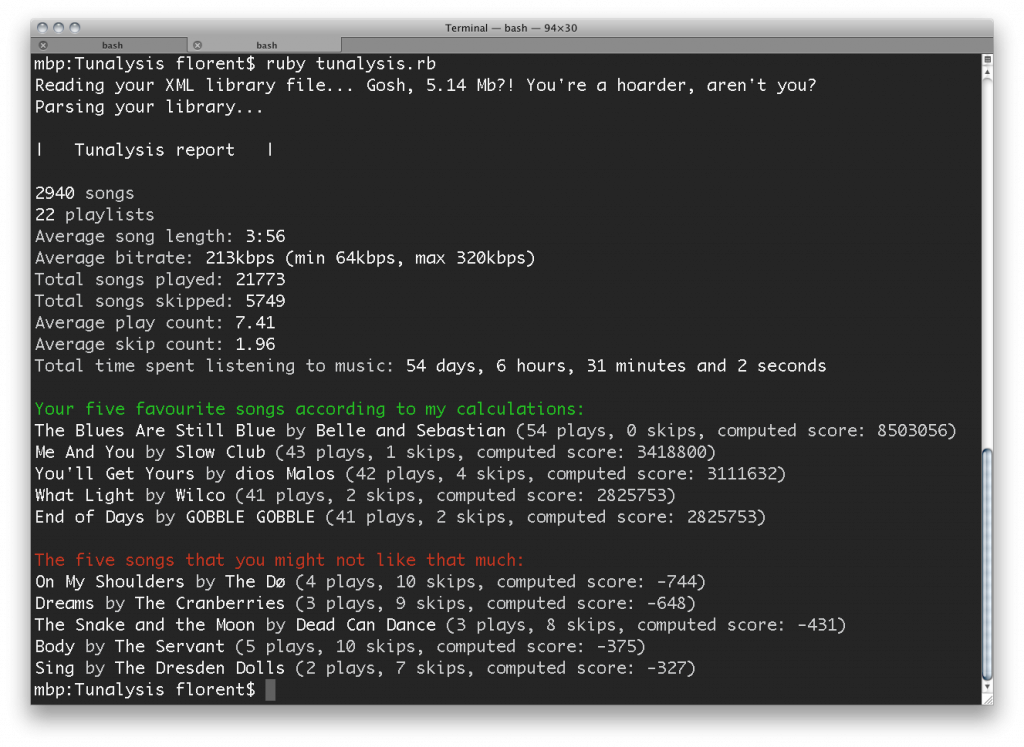You might encounter this error while trying to install the pg gem (v0.10.1), or when updating from v0.10.
My stacktrace on Mac OS X Snow Leopard 10.6.6 with Rubygems 1.4.2, Ruby 1.8.7 and Postgres 9.0.2 was the following:
Building native extensions. This could take a while... ERROR: Error installing pg: ERROR: Failed to build gem native extension. /System/Library/Frameworks/Ruby.framework/Versions/1.8/usr/bin/ruby extconf.rb checking for pg_config... yes Using config values from /usr/local/bin/pg_config checking for libpq-fe.h... yes checking for libpq/libpq-fs.h... yes checking for PQconnectdb() in -lpq... no checking for PQconnectdb() in -llibpq... no checking for PQconnectdb() in -lms/libpq... no Can't find the PostgreSQL client library (libpq) *** extconf.rb failed *** Could not create Makefile due to some reason, probably lack of necessary libraries and/or headers. Check the mkmf.log file for more details. You may need configuration options.
Oookay, so let’s try to find out what’s going wrong. A quick Google search shows that errors like this one happens on Linux too, and usually suggests that ARCHFLAGS definitions may be a problem. Indeed, /Library/Ruby/Gems/1.8/gems/pg-0.10.1/ext/mkmf.log contains this error message:
ld: warning: in /usr/local/Cellar/postgresql/9.0.2/lib/libpq.dylib, file was built for unsupported file format which is not the architecture being linked (i386)
The problem seems to come from the way Homebrew installs Postgres.
Homebrew install notes include the following informative message:
If you want to install the postgres gem, including ARCHFLAGS is recommended:
env ARCHFLAGS="-arch x86_64" gem install pg
There! Now the only problem is if you install your gems as root, you can’t merely put a sudo before the “gem”, but you have to sudo su then execute the command:
Air:~ florent$ sudo su Password: sh-3.2# env ARCHFLAGS="-arch x86_64" gem install pg Building native extensions. This could take a while... Successfully installed pg-0.10.1 1 gem installed Installing ri documentation for pg-0.10.1... Installing RDoc documentation for pg-0.10.1...
Voilà !
Edit 18 Dec. Chad provided a simpler solution in the comments that doesn’t require you to log in as root and works just as well:
sudo env ARCHFLAGS="-arch x86_64" gem install pg

